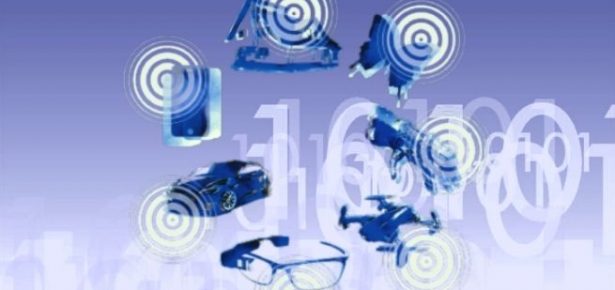
5G, a new generation of cellular technology under deployment worldwide, can provide about 100 times faster communications than current 4G technology. But a higher speed is not the sole differentiating factor: 5G is also more reliable, secure, and capable of ubiquitously connecting a massively large number of devices. Ultra-reliable, low-delay, omni-present 5G networks hold the promise of enabling a range of new applications, including self-driving cars, highly automatized industrial tasks, virtual reality gaming, as well as of providing the connectivity platform for the Internet of Things (IoT).
Since its introduction in 1948, information theory has underpinned the mathematical foundations of communication systems, including 5G networks, and it will impact the design of cellular systems beyond 5G. The theoretical insights obtained by information theory point to the optimal system performance under a given model, offering strong guidelines and benchmarks for the design and validation of modern communication technologies.
Information Theoretic Perspectives on 5G Systems and Beyond provides a comprehensive overview of the state-of-art information-theoretic approaches that led to realization of 5G. Three main areas are discussed, namely network architecture, coding and modulation, and network protocols. Examples of covered topics include cloud/fog radio access networks (a central component in future 6G (beyond 5G) cell-less structure), device-to-device communications, caching, energy harvesting, polar coding, Massive MIMO, short-packet transmission, NOMA, 5G protocols, interference management, content delivery, and cooperative and confidential communications.
Information Theoretic Perspectives on 5G Systems and Beyond is the result of a grand effort by more than 40 experts in the field of information theory. It includes 19 chapters, offering a detailed introduction to advanced topics in information theory, and it took several years in making. We are extremely excited that the book is now available. We hope that it can serve as a tool for researchers and graduate students in the fields of information theory and wireless communications, as well as for practitioners in the telecommunications industry.
Latest Comments
Have your say!